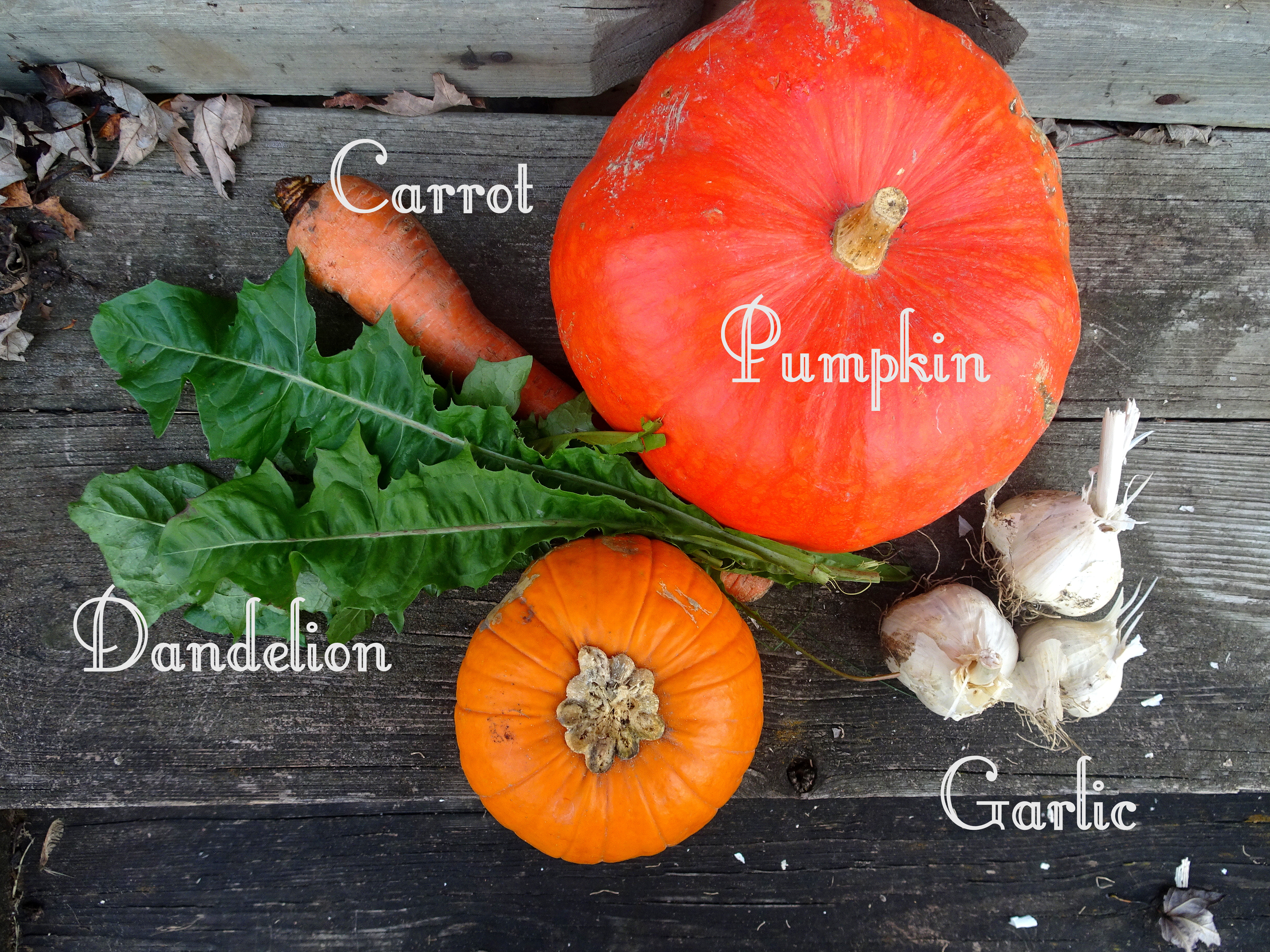

|
Natural Fall Herbal Alterative for Worms  Pumpkins are part of the Cucurbita genus, along with squash, zucchini and gourds. Muskmelon, cantaloupe, honeydew and cucumbers belong to Cucumis. Watermelon belongs to Citrullus. This is important to know because I have seen all of these vegetables said to have anthelmintic, or worming properties. Not true for most of them. This, because only the Cucurbita genus has the cucurbitin acid, primarily in the seeds that has historically been attributed to parasite treatment. And in this genus, the highest is within pumpkins. So how well do pumpkins seeds work for parasite treatment? The concentration is extremely variable within the genus, even among the many varieties of pumpkins. Knowing this, in 2006 I developed a formula to work around the variability of the effectiveness of the seeds. I also wanted to support the intestional system as well because the cucurbitan only anesthesizes the worm, and worms do damage to the gut tissue. I worked with a local vet over the period of two seasons, repeatedly testing my flock with fecal floats and tracking the parasite load. We directly saw a great reduction of internal parasites immediately after each application of the pumpkin recipe. I published an article in a 2009 Backyard Poultry Magazine issue describing in detail my protocol. Although those results were great, here are my thoughts on the best use for this recipe. I initially called this recipe a herbal wormer and alterative, yet what I have learned in the years since, I think the best use for it is as an alterative. An alterative is an application that brings the body back into health and balance as a whole. I think this recipe has value as a way to bring the microflora into balance in a healthy way, making any adjustments that are needed regarding worm populations while not in overload. This can be helpful going into winter which is going to stress your flock in many ways. If I were to have a confirmed worm overload in my bird with other visible symptoms, I would use other herbs that would address this more effectively and directly. This is a good recipe during the Fall, as all these ingredients should be available within the season. I simply cut open or break the pumpkin in two. I fill the cavity with dandelion, shredded carrot and a few cloves of pressed garlic. Or, you can simply make sure your flock has access to all the ingredients free choice at the same time. For example, you can put the garlic in the drinking water instead. Let me outline the ingredients so you can understand how the formula works: Pumpkin (Cucurbita) - Pumpkins contains variable amounts of cucurbitin acid to anesthesize the worm. Garlic (Allium sativum) - Garlic contains a tremendous amount of medicianl properties and components, including anthelmintic sulfur compounds (sulfonamide is a popular drug used in chemical applications for coccidiosis). In this application it is also used to address digestive stagnation and tension for diarrhea (to expel the worms) and also support the immune system which will also aid this process. Dandelion (Taraxacum officinale) - Dandelion's action also addresses stagnation and it is a very effective diuretic to flush the worms. However, dandelion is not just any kind of diuretic. It will also replace the potassium lost through fluid loss. Dandelion is highly nutritive and will also support the immune system. Carrot (Daucus carota) - Carrots have some worming properties (containing some sulfur), and is a mild diuretic as well. But where it shines, it really helps to support the intestional system as an anti-inflammatory (which the worms will cause). It is also super nutritive with a host of vitamins (A, C, B6), minerals, potassium, thiamine, folic acid and maganesium to support the immune system and for tissue repair. As you can see, my formula not only supprts the action to expel the anesthesized worms, but also introduces high nutrition to not only aid the imbalance of the flushing, but bolsters he immune system to regain microflora balance and to heal internal tissue. . |